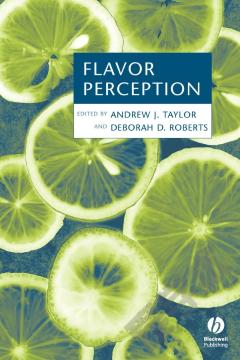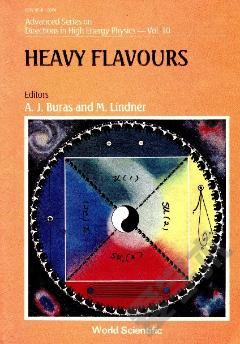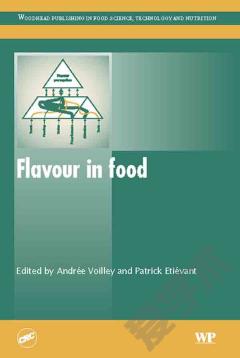Flavor Perception
Unlike other human senses, the exact mechanisms that lead to our perception of flavor have not yet been elucidated. It is recognised that the process involves a wide range of stimuli, which are thought likely to interact in a complex way, but, since the chemical compounds and physical structures that activate the flavor sensors change as the food is eaten, measurements of the changes in stimuli with time are essential to an understanding of the relationship between stimuli and perception. It is clear that we need to consider the whole process - the release of flavor chemicals in the mouth, the transport processes to the receptors, the specificity and characteristics of the receptors, the transduction mechanisms and the subsequent processing of signals locally and at higher centres in the brain. This book provides a state-of-the-art review of our current understanding of the key stages of flavor perception for those working in the flavor field, whether in the academic or industrial sector. In particular, it is directed at food scientists and technologists, ingredients suppliers and sensory scientists.
{{comment.content}}








 京公网安备 11010802027623号
京公网安备 11010802027623号